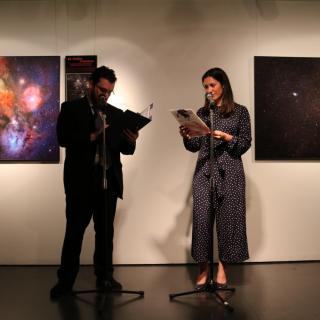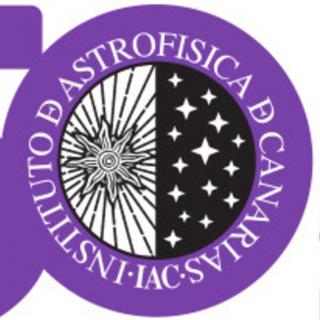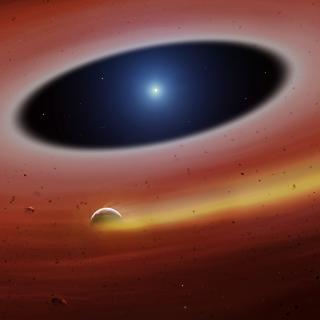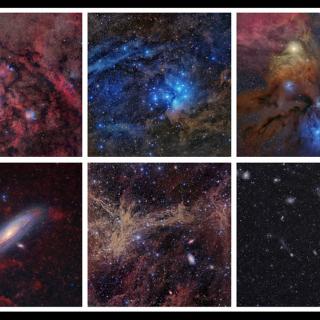
The exhibition "100 Square Moons" is inaugurated in Brussels, together with a model of the European Solar Telescope. For a week the European Parliament in Brussels will be home to this educational display by the Instituto de Astrofísica de Canarias (IAC), while at the same time another copy of the exhibition is being shown in Japan.
Advertised on




